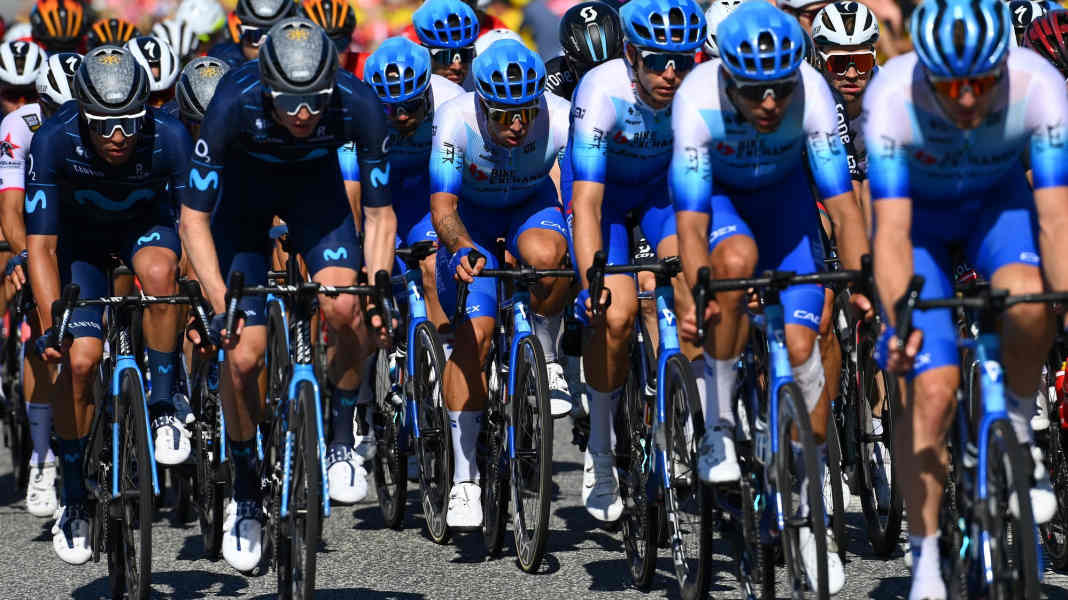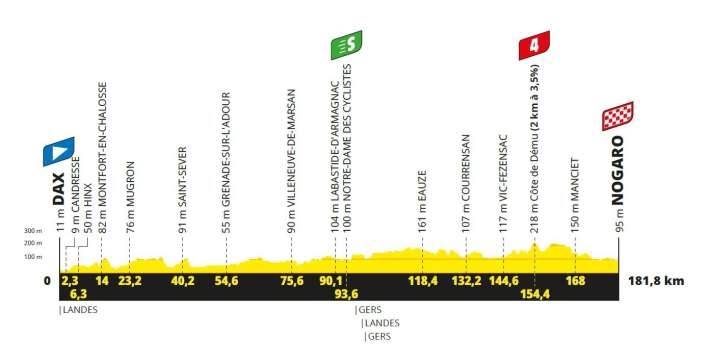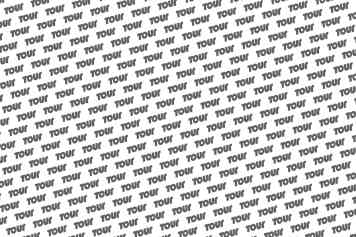
Tour de France 2023 - Stage 4: Dax - Nogaro | 181,8 Kilometres

The flat stage ends at the Paul Armagnac motor racing circuit. By far the most likely scenario is a bunch sprint, as yesterday. The peloton will ride the last 3.1 kilometers on the race track.
There will be fierce fights for position to get through the many corners in a good starting position before entering the dead straight, 750 meters long and nine meters wide finishing straight, which rises minimally (by 3 meters). Unlike yesterday, we simulate a shorter sprint for stage 3 of the 2023 Tour de France in which the rider only emerges from the slipstream extremely explosively 100 meters before the finish line.
Number of the day: four hundredths of a second
Is the calculated advantage of the fastest bikes in the field over the slowest in the 100-meter sprint from high initial speed. At the final speed of 65.5 km/h, this corresponds to an advantage of one wheel diameter - after all.
At the top, however, it’s very, very close on stage 3 of the 2023 Tour de France. Four bikes are equal to a hundredth of a second in our calculation model. But in the finish photo evaluation, tire thickness can also decide victory or defeat. Hundredths of a second are too coarse a grid for this, we would have to calculate with thousandths of a second.
Even in a short sprint, aero efforts are still very valuable. But the prerequisite is that the rider can accelerate very explosively - otherwise he has no way at all to get past the rider in front before the finish line.
The (almost) entire field at a glance

*) The calculations are based on the bikes tested by TOUR in the laboratory and wind tunnel. The bikes at the Tour de France may differ in details. Of course, we have not yet been able to examine last-minute prototypes either.
Our Expert

Robert Kühnen studied mechanical engineering, writes for TOUR about technology and training topics and develops testing methods. Robert has been refining the simulation calculations for years, they are also used by professional teams.
